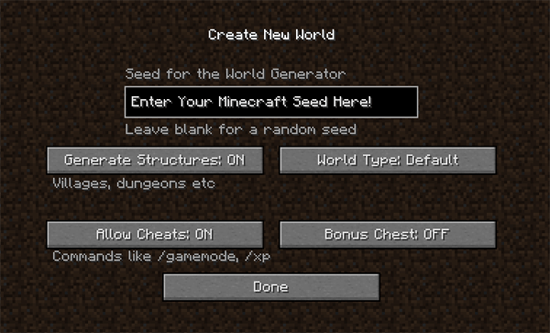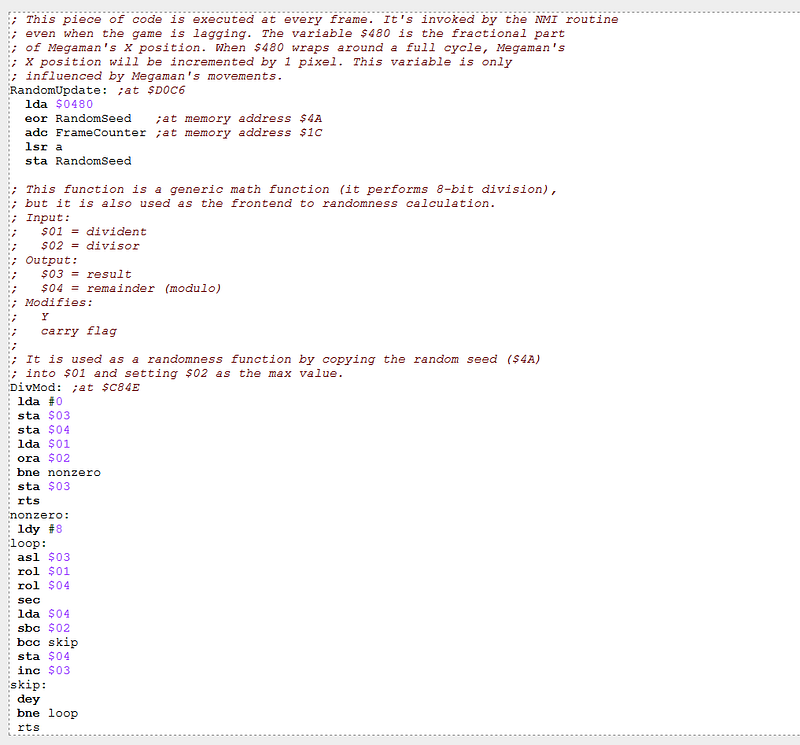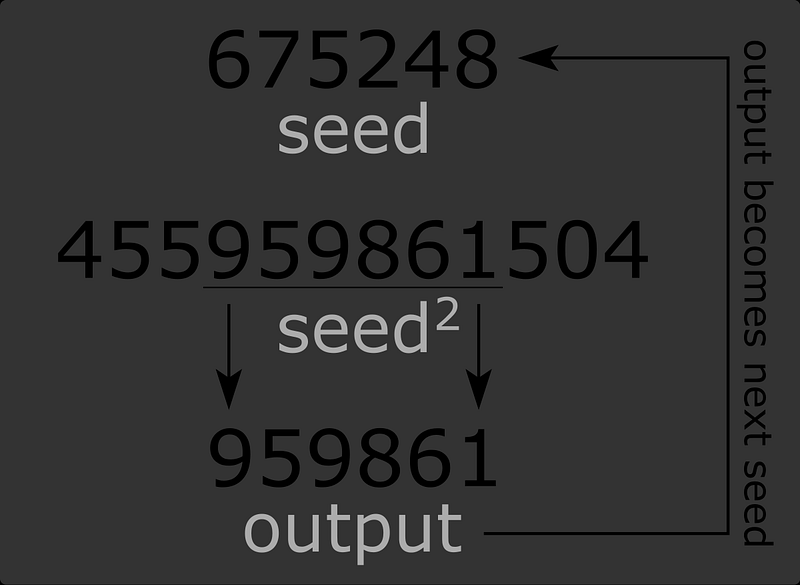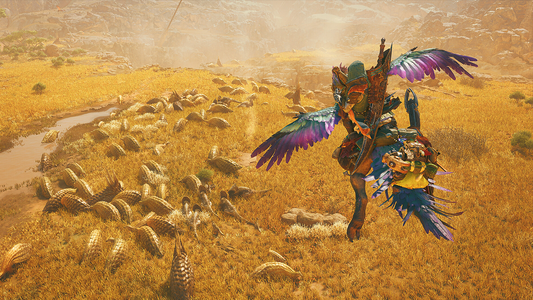Is Luck A Skill?
Just to quickly explain that video, and why it was worth starting with: That was a competitive match of Super Smash Brothers Melee, and Peach has a 1.7% chance of pulling a super strong turnip with one of her moves, and it’s very rare and very useful. So in this clip, the player does it twice in a row, with a taunt in between, and the crowd and commentators go nuts, because that’s unprecedentedly lucky. But my favorite thing about this clip is that Armada, the peach player, was interviewed afterwards about this moment and he says that he “Just knew.” There’s not really any way he could have known, right? That’s sort of the point of randomness, that it’s unpredictable and uncontrollable. So why is the way we talk about luck so active, or participatory? How do we end up with things like “the gambler’s fallacy” and good luck charms? How can people claim to be skilled at luck? There’s this compelling narrative of certain people being able to control fate, to be in total control over there life, but that’s not really possible, right?
<iframe title="YouTube video player" src="//www.youtube.com/embed/rs55rZcbXYI?enablejsapi=1&origin=https%3A%2F%2Fwww.gamedeveloper.com" height="360px" width="100%" data-testid="iframe" loading="lazy" scrolling="auto" data-gtm-yt-inspected-91172384_163="true" id="373181029" class="optanon-category-C0004 ot-vscat-C0004 " data-gtm-yt-inspected-91172384_165="true" data-gtm-yt-inspected-113="true"></iframe>Well, there’s this guy named Dominic LoRiggio, who calls himself “The Dominator”, and he consistently wins at craps (dice throwing). Above is an hour long BBC Documentary about him. You really only need to watch 30 seconds or so to get the idea. It’s not the most high end documentary, the video quality is bad and the dramatic reenactments are hilariously dramatic. He goes to a shady seminar and gets recruited to some sort of dice gang, they really play up the “fighting fate” narrative. The gist is that because craps relies on the laws of physics as it’s source of randomness, it can be controlled through careful throwing, and it isn’t technically cheating.
Now, it’s very possible that the controlled throwing seminar is a complete scam, none of the sources I’ve found are really sure, but it's an enticing thought. Not everything we think of as random is necessarily out of our control; dice are basically the icon for chance but they’re much more deterministic than we give them credit for, once you understand the rules they follow. When something seems random but is actually derived from deterministic rules, that’s called a Pseudo Random Number Generator, and that’s the main thing I want to talk about: how they work, the history of pseudorandomness in video games, and what that means to players. My goal in all of this is to make some suggestions for how designers might be able to better tap in to the experiential potential in “Controlling Fate”, because right now the majority of the interaction people have with randomness in games is very surface level, often banal. You can increase the drop chance of loot by wearing a jester hat in Dark Souls, or type in a swear word as a seed for a Minecraft world, but there’s very little thought by the player as to what that means, what they’re actually doing. And there’s a lot more depth of control available with PRNGs.
Properties of A PRNG
The people who care the most about PRNGs seem to be mathematicians and cyber security people (it’s very useful for security to be able to generate numbers that are unpredictable if you aren’t in the know, but knowable if you have the key). For one that makes a lot of the writing very dense and technical, but I’ve gone through the trouble of picking out the interesting stuff for us. This article by Eric Uner points out a variety of important properties that PRNGS are derived from, and I think it’s not a huge leap to try to attach some of these useful terms to input. These are the venues that we would be able to give players control over chance through.
Seed

Seed is an obvious one, it’s the starting point from which the rest of the sequence is derived, and inputting a different seed causes a different result. A lot of games that use procedural generation have this element exposed, such as the aforementioned Minecraft. But it’s not usually as a part of the central gameplay, it’s usually in the menus, or input before the proper game begins. The relationship between the seed and the outcome is also usually obfuscated to the point where the player can make no meaningful choices when inputting a seed, it’s just used as a way of getting repeat outcomes. If you type in “lava” as your Minecraft seed, you sadly do not receive a lava world, it’s a bit unintuitive.
Formula

This brings us to the next property, the formula, which is what converts the seed into whatever it is you’re outputting: level generation, item drops, etc. This part is always there under the hood in any PRNG, but I think exposing it, making it editable or learnable, could be valuable. A game that makes it’s formula slightly more digestible is Conway’s Game of Life, which has a more visual rule set that is still deep enough to produce securely unpredictable results.
It doesn't let you change the formula at all, at least in any implementations I’ve seen, but it does expose it and help it make sense by dressing it in the analogy of over and under population. The game is also very open and encourages experimentation with little risk, which really lets players take the time to learn the rules for themselves.
Step Frequency

Step Frequency refers to how often the operation, the shuffling and dealing if it were playing cards, is repeated. This is something that gets more use in games, but usually in the form of grinding. To bring it back to the opening clip, there is one way for Peach players to get better turnips more frequently, it’s pretty simple they just have to find more opportunities to pull. Even that small, inherent amount of control has had effects on the metagame though. Players have developed a method (shown above) to most optimally farm through turnips, thereby mitigating some of the luck with skill (the method is quite technically difficult). A similar example in shooters would be critical hits, the frequency of crits would be naturally be higher on a weapon with a higher fire rate.
Distribution

Distribution is another related term, it refers to how varied the results can be. A random number generator that only gives you 4s and 1s has a lower distribution than one that gives you a number from 1–100. Project M, a competitive Super Smash Brothers Brawl mod, adds some foresight, if not total control, of the distribution of Mr. Game and Watch’s Judgement move. The move, in other games, is completely random and displays a number from 1 to 9. Project M adds a visual indicator that lets players know whether the next hammer will be even or odd, thus limiting the distribution and allowing players to make more informed decisions. Since the hammer can also not be the same as the previous 2 numbers, it’s possible to lower the odds of a getting a 9 (the strongest one) down to ⅓, and also be aware of what the other two options will be.
Security and The Middle Square Method
All of these properties (and there are more in the article for the curious) can be, or have been, linked to game mechanics, but as I said it’s often been very surface level. I think part of the reason for this is that modern PRNGs are often too complicated to be able to teach to players, especially when a lot of games tend to take a very long time just to get across basic movement mechanics.
Unfortunately because of the cryptographic focus of most PRNG writing, most Pseudo Random Number Generators are designed to be hard to interact with for security reasons, while as designers we would probably be aiming for a pleasant sweet spot of intuitiveness and challenge. I’ve found the closest thing to what we would want in PRNG literature comes from older formulas, which are generally pretty terrible for what the math people want.
One such method is the middle square method, by Jon Von Neumann.
It’s simple enough to be essentially a game on it’s own. You take a number as your seed, and you pick a number of digits, thats k. You square the first number, and then the middle k digits of the square is your new step. You then square that and repeat.
So here’s a puzzle, if the first number is 12345, and the 3rd number is 225625, what’s k? The answer is upside down below, like a newspaper puzzle:
xᴉs ʎʇɟᴉɟ pǝɹpunɥ uǝʌǝs puɐsnoɥʇ ɹnoɟ ʎʇɟᴉɟ = ɹǝʍsuɐ
I’ll admit it isn’t a very fun game, it’s really just math, but it serves as a hopeful example that the sweet spot we want can exist, where, given the proper understanding of the formula, something unpredictable to a layman becomes obvious to someone skilled. So how would we make this genuinely fun, something that people would actually play?
Historical Implementations and Speedrunners
Well, one way to find that out is to look at a particular sect of players, who’ve been finding ways to “control fate” even in games where the developers didn’t want them to be able to. Speedrunners, and to an even greater extent TASers (tool assisted speedruns, played frame by frame), are quite dedicated in their unraveling of game engines in order to beat the games as fast as possible. In certain games, usually older ones with more limited computational power, randomness was determined in strange ways, still designed to obfuscate but often tied to player input for lack of a better source of chaos. The tie to player input lets dedicated players do incredible, empowering things .
<iframe title="Embedded content" src="//www.youtube.com/embed/Zp0jd2I7fPI?enablejsapi=1&origin=https%3A%2F%2Fwww.gamedeveloper.com" height="360px" width="100%" data-testid="iframe" loading="lazy" scrolling="auto" data-gtm-yt-inspected-91172384_163="true" id="318486878" class="optanon-category-C0004 ot-vscat-C0004 " data-gtm-yt-inspected-91172384_165="true" data-gtm-yt-inspected-113="true"></iframe>A tutorial for real time RNG manipulation in Oracle of Seasons. You too can control fate!
I think it’s kind of beautiful that that just by linking their PRNGs to player input these old games accidentally have such added richness. It’s like a hidden power in the player character that can only be brought out through determination and perseverance. That’s exactly the kind of power narrative some designers love to try to invoke and here they were doing it completely by accident. Possibly the best example of this secret power is in The Legend of Zelda Oracle of Ages / Seasons. The engine is only stepped (shuffled) during certain actions in game: screen transitions, digging, sword slashes. This limited iteration allows more fine control from players but the best part is this: the pitch of the sword slash sound effect in the games is determined by the PRNG, and as such acts as useful feedback (essentially the inverse of Security) for players. Specific series of sounds allow players to confirm their setups and locate themselves in the generator. These factors allow this RNG manipulation to be viable for real time play, while in other games where it’s less accessible it can be too difficult to perform. And if it’s possible for developers to make RNG manipulation playable by accident, I’m fairly confident we can make it better than playable, fun even, if we actually do it deliberately, taking into account all these factors.

Bonus fun, a transcription of the simple PRNG in Megaman 2
Bonus fun, a transcription of the simple PRNG in Megaman 2
So to reiterate, for luck manipulation to become a useful game mechanic, it needs to be tied to player input in some way, and it needs feedback so players can understand the system. It needs to be simplified compared to cybersecurity PRNGs, so that the relationship (formula) between seed and outcome can be understood. Maybe it would be good to let players tamper directly with the formulas, allowing room for creativity. We’ve also learned a variety of ways in which someone could interact with a PRNG, and each can result in different feelings of interaction. Controlling step frequency might be farming for a higher frequency or dodging triggers in order to avoid shuffling. Controlling range might look like wearing certain charms to invoke certain behaviours in NPCs or the weather.
The




































